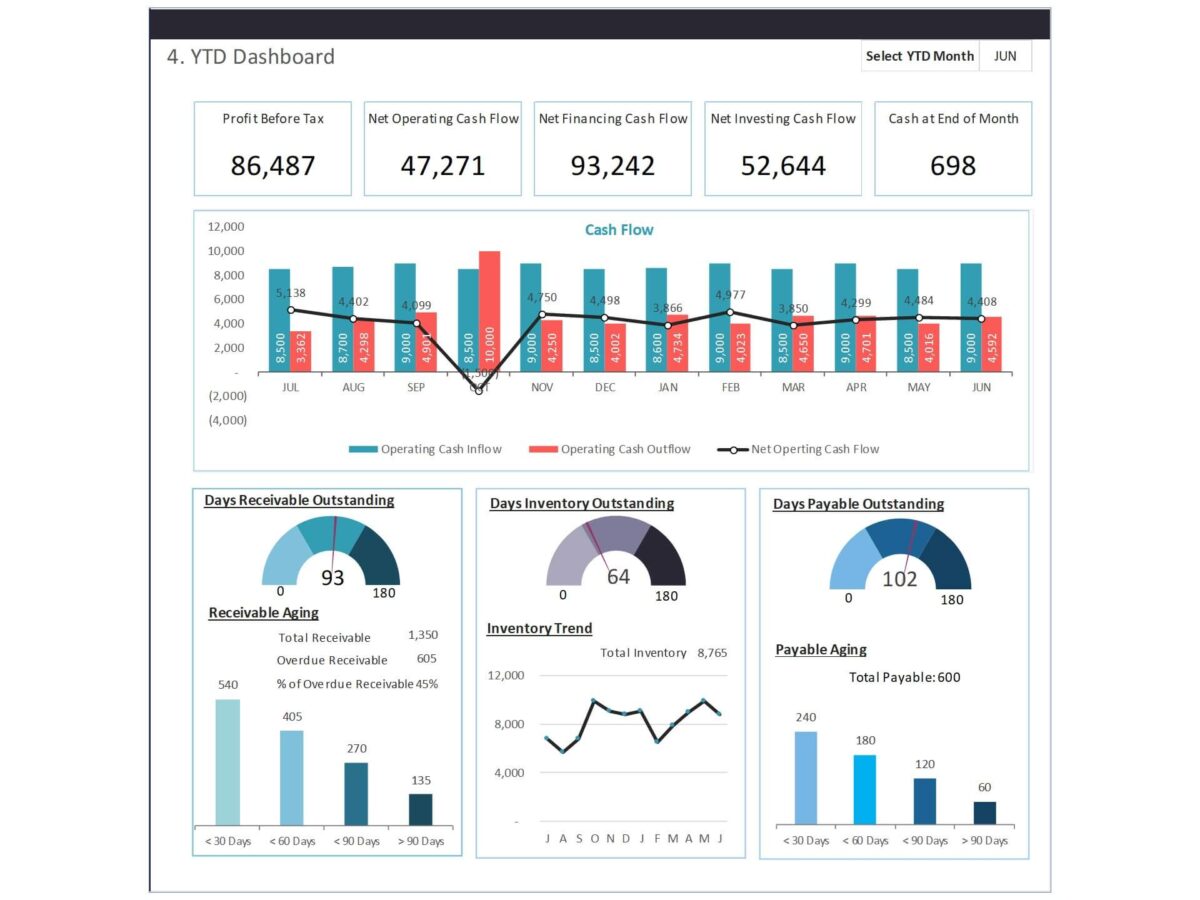As a small business owner, you need to make the most out of every dollar that your business owns and every bit of your data. Raw sheets of Excel data are of no use—neither for you nor your stakeholders. For effective decision-making, you also need to optimize the data. This will consequentially improve your digital reporting and business performance.
The key is to use your dashboards smartly. Let’s get started!
Determine the KPIs.
Before building a dashboard, you should be clear on what you’re aiming for. Make sure you’re aware of the direction that you’re heading to. Dashboards are very data-driven and not instinctual. Start by uncovering your KPIs and targets. Do you want to measure sales value and revenue or customer retention rate? Are your key metric monthly profits and gross income or cost per acquisition?
The metrics that you use for your small business dashboard will determine your business strategy. Think of which of these strategies truly defines your success. How do the rest of the metrics support or connect with this metric? Try and determine the relationship to see how you can improve your bottom line.
You don’t need an extensive tech department
Contrary to what you think, you don’t need a degree in IT to create a dashboard. You can create your dashboards even as a sole proprietor. To make it easy for you, dashboards give you a lot of creative freedom to use data visualization as you like it.
Start by doing some research to figure out the right kind of charts and graphs for your dashboard to communicate more data better. Think about the color association. Your viewers might already have certain predispositions about the color. They often tend to assume that red means stop and green signals you to go. Keep the color scheme as cohesive as you can.
Experiment with a broad type of charts and graphs. Even if bar charts are your favorites, don’t overwhelm the dashboard with bar charts. Viewers don’t like repetitive data visualization.
Follow up adequately
Just because you have created a dashboard for your small business doesn’t mean that your job has come to an end. The weeks and months that follow are equally important.
Here’s a valuable tip: never put the dashboard on autopilot. While you’re at it, make sure you’ve gathered enough data before making any changes to the dashboard. After the dashboard has been put in full swing, you might start making changes when you find any new information.
Please note that these changes will influence not only your dashboard strategy but also your business strategy. Don’t implement any of these changes until you have enough information to be able to predict results with the current results. At the same time, keep monitoring your SME dashboard and think of how you can improve it.
To make it easier for you to create a dashboard, Biz Infographic has a bunch of visually appealing dashboard templates. Buy them here!
